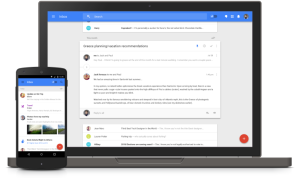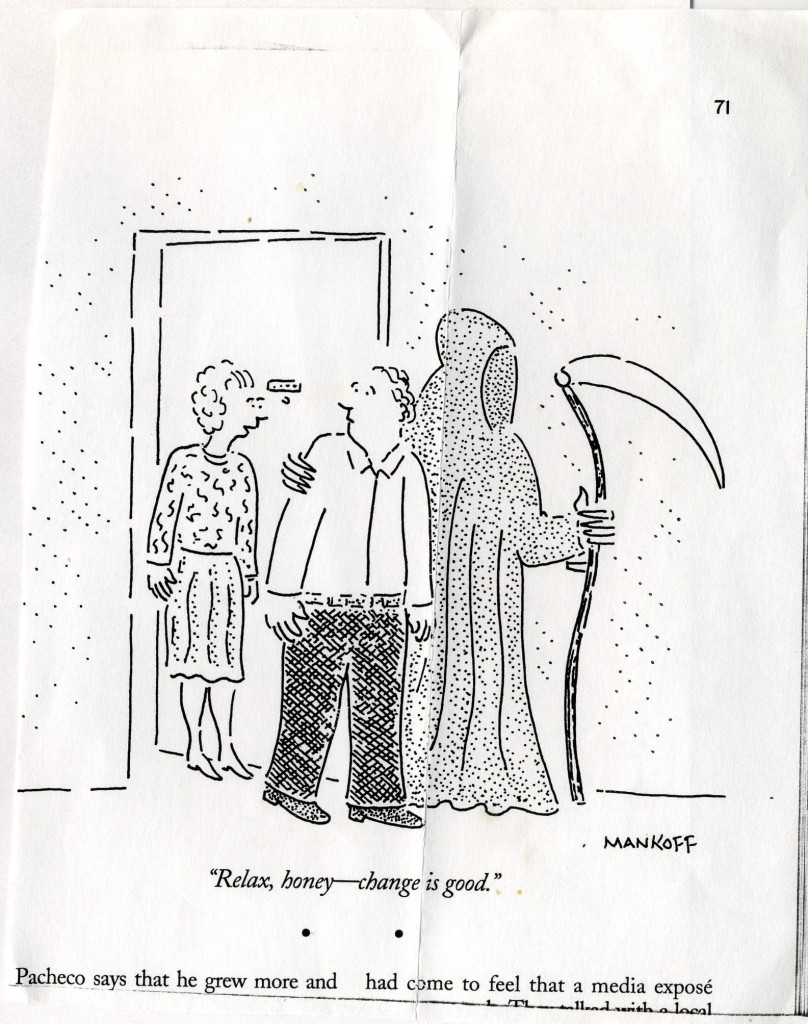 With its Inbox app, Google is making a big push to help/make us rethink how we handle our email.
With its Inbox app, Google is making a big push to help/make us rethink how we handle our email.
For me, anyway, it’s not working.
Having used GMail for more than 10 years and with more than 100K messages in my archive, I’ve developed a set of filters and habits that work well (enough) and are hard to undo. At this writing, I have close to 300 filters that mung various newsletters, group messages, and others.
I also disabled the Tabs feature that came out a couple of years ago because it was working at cross purposes to my filters. I’m seeing too many folks who are missing important emails because Gmail is automatically moving things into those tabs.
What I like about Inbox
Swipe to mark-as-read or to snooze is pretty cool. It takes a while to decide how long to snooze an item, but a new scheme emerges quickly. It’s somewhat better than starring items, because it defers action until a time specific. With stars, messages can hang around for months.
What I miss
All this tapping and swiping feels like more work. Maybe it’ll get easier.
As far as I can tell, there’s no way to use the email to create a new calendar entry. Snoozing is not the same as adding a calendar entry.
For example, someone sends me an email about meeting. The message contains the date and time of the meeting along with a sketch of the agenda and other pertinent details. I can click on the date and time, which Gmail renders as hyperlinks, and create a new calendar item with for that time, using the email’s subject line as the appointment title. The Google calendar entry contains a link back to the email for details.
To be fair, the Gmail app on iOS doesn’t support this, either.
I’m my own problem
We gave up our landline phone five years ago and use our cellphones for all calls, as well as texting, email, social media, calendar, camera, games, etc.
Even so, when we come home, I still miss the answering machine that gathered messages while we were away.
I know that I’m relying on habits, reinforced by these filters, to keep email the way I like it.
I have friends who still grieve the loss of WordPerfect 5.1, with the beloved Reveal Codes feature. Others manage to keep the Eudora client limping along with paper clips and duct tape. When/if they have to use another email service, they regularly complain about the loss of productivity.
I’m on a path to become those people.
Email is the hub of my communication, but there are already pressures to change.
- Most people under 30 don’t use email unless required to do so by work or some external force.
- I belong to an organization that does its best coordination by way of group text messages.
- Other messaging apps and services (some of which I use, many I don’t)
- For many people, particularly older folks, email is so loaded with spam and junk that it’s stopped being a safe, useful, or fun place.
I don’t know if new email clients, such as those from Google, Microsoft, or Apple, will reverse that trend. I doubt it.
Just as social media supplanted newsgroups, listserv group messages, and the like, other services are replacing email for the one-to-one and one-to-many types of communications.
A key element to finding new solutions is the willingness to abandon what’s old and, gulp, what works. The new thing may not work as well as the old thing. It may force a change of work patterns.
Change comes hard to those who are heavily invested in familiar ways of working.




